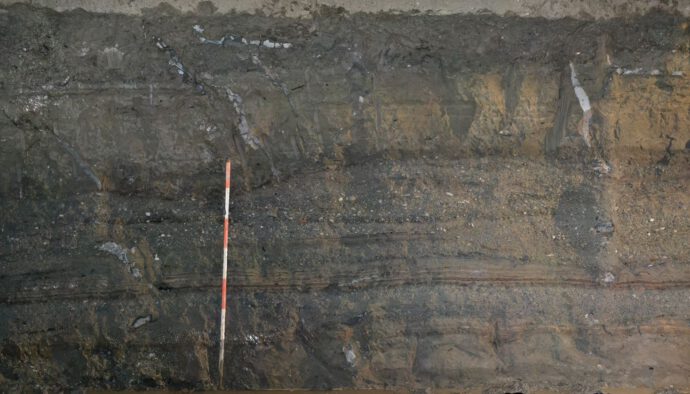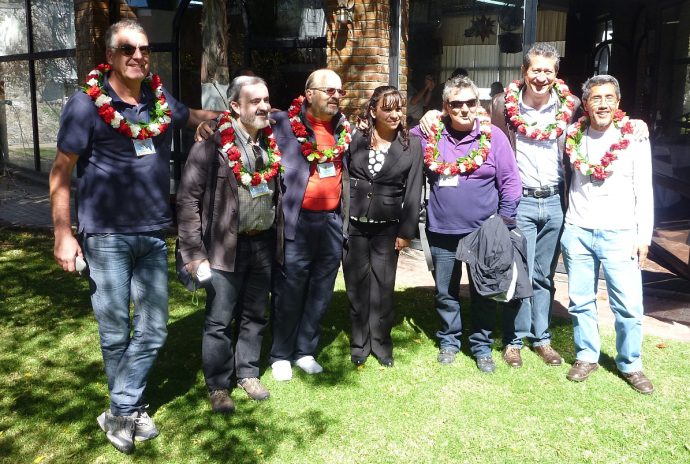It took a while, but now it’s finally here: Understanding Past Earthquakes, an open access book on the science of identifying large earthquakes. It deals with fundamental questions on large past events: Where did earthquakes occur? How large were they? Which tectonic faults caused them? How strong were the ground motions and where?
Six chapters cover the following subjects:
- Ou et al. – Earthquake Source Parameters Determination Using Analog Seismic Records
- Hough – Macroseismology
- Sintubin – Archaeoseismology: Identifying Earthquake Effects in Ancient Sites
- Zielke & Klinger – Past Earthquakes in Continental Settings—A Geomorphologic Perspective
- Philibosian – Paleoseismology and Paleogeodesy Using Coral Microatolls
- Moernaut et al. – Lacustrine Records of Past Seismic Shaking
Basically, it’s about paleoseismology, but excluding paleoseismology, because we already have McCalpin’s book. Neighbouring topics such as coseismic landslides, the ESI2007 scale, soft-sediment deformation, tsunamis, and marine turbidites have already been covered by other books or recent reviews.
The book was edited by Austin Elliott and Christoph Grützner. It’s free as a PDF or e-book, but also available as a hardcover for your bookshelf. Check it out here: https://link.springer.com/book/10.1007/978-3-031-73580-6.
more

